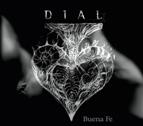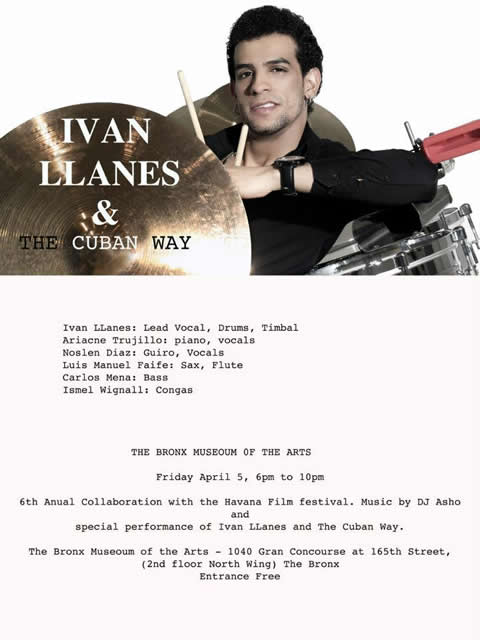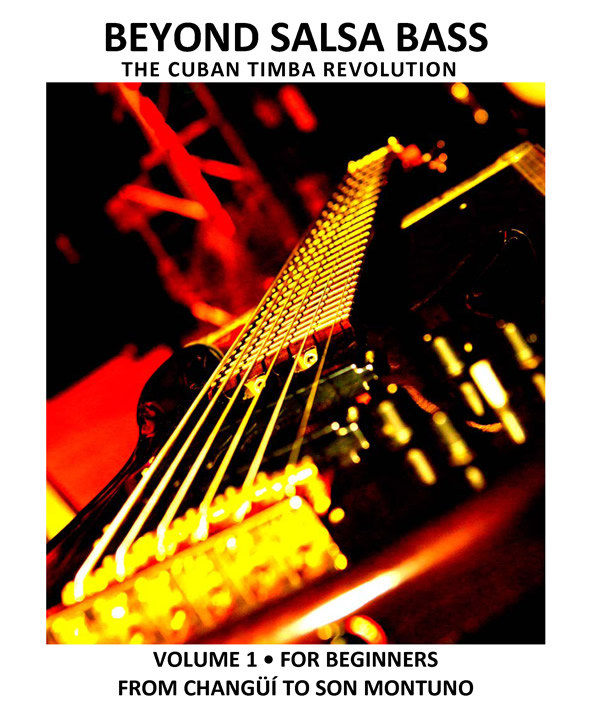Lo Nuevo[hide]
Grupos: Ritmo Oriental : 1988 - Vol. IX - 30 a...
Musicos: Rafael Paseiro Monzón
Musicos: Dennis Nicles Cobas
Musicos: Jiovanni Cofiño Sánchez
Musicos: Yasser Morejón Pino
Fotos: Tom Ehrlich : 2024 Monterey Jazz, P...
Resenas: Vacilón Santiaguero (Circle 9 ...
Staff: Bill Tilford
Fotos: Tom Ehrlich : 2024 Monterey Jazz, P...
Fotos: Tom Ehrlich : 2024 Monterey Jazz Fe...
Fotos: Tom Ehrlich : testing 123
Grupos: Pupy y los que S... : Discography - 1995- F...
Reportes: From The St... : Cubadisco 2...
Reportes: From The St... : Jazz Plaza ...
Fotos Del Día [hide]
PRIMERA PLANA - FRONT PAGE
Buena Fe - Dial
CD Review/Report
 "Dial", Buena Fe’s eighth studio CD, was released one month ago on iTunes, Amazon MP3, Spotify and other digital download sites. To my knowledge the hardcopy is only available at the EGREM stores in Cuba and at Buena Fe concerts. If you have the opportunity to score a hardcopy, take it. I did and the cover art by Jesús Lara is worth the purchase price!
"Dial", Buena Fe’s eighth studio CD, was released one month ago on iTunes, Amazon MP3, Spotify and other digital download sites. To my knowledge the hardcopy is only available at the EGREM stores in Cuba and at Buena Fe concerts. If you have the opportunity to score a hardcopy, take it. I did and the cover art by Jesús Lara is worth the purchase price!
I have spent a couple of weeks agonizing over the CD review, not because I didn't know what I wanted to say, but because I didn't know how to say it to really get my point across. As I was working on the review, I took the opportunity to ask Israel and Yoel a few questions. Click here to read the short interview with Buena Fe.
The first official video for the CD was released just over two weeks ago, and a video says more than a thousand words. "La culpa" is a brilliant guaguancó-rock fusion and a perfect example of Buena Fe's talent for combining intelligent lyrics with captivating music. The video, below, was written and directed by Ian Padrón and features the participation of Clave y Guaguancó and Havana Queens.
Click here for my review/report on “Dial” .
continue reading Timbera Mayor
BEYOND SALSA BASS VOL.1 RELEASED!!
El primer volumen para el bajo de la serie de libros "BEYOND SALSA"
The first bass book in the BEYOND SALSA series of Afro-Cuban musical instruction methods, Beyond Salsa Bass Volume 1 (For Beginners) includes bass tumbaos for each of the piano tumbaos (aka, montunos) in Beyond Salsa Piano, Vol. 1, and contains many additional bass tumbaos plus other exercises, making this first bass volume is more than twice as long (compared to Beyond Salsa Pianio Vol.1). The book begins by categorizing the most common Latin bass tumbaos by their rhythms and then proceeds to tell the history of Latin music from a bassist’s perspective, with notation for bass tumbaos from each era covered: changüí, rumba, son, danzón, big band and son montuno (a detailed study of Arsenio Rodríguez). This is the first book in the new standard for contemporary Latin bass styles. 186 pages (186 páginas) with 212 audio tracks (212 pistas).
Click here to download the FREE sample pdf
Click here to download FREE introductory bass audio samples
Click here to visit Kevin's Beyond Salsa Bass Vol.1 hard copy book page
The Audio product includes a fast and slow file for each bass tumbao in the book as well as various example files corresponding to the text. Note that for every piano tumbao in our sister volume, Beyond Salsa Piano, Vol.1, there is a corresponding bass tumbao in the Beyond Salsa Bass, Vol. 1 book and audio product. In these cases, the piano audio is included in one channel. In other cases, the audio consists of just bass and clave. If this seems confusing, think of it this way: Beyond Salsa Piano Vol. 1 is a subset of Beyond Salsa Bass, Vol. 1. The bass book has a bass tumbao for every piano tumbao in the piano book, but the bass book also has many more additional tumbaos for tracks not covered in the piano volume.
For more info on the BEYOND SALSA series ploease visit = http://beyondsalsa.info
To read a more detailed introduction to BEYOND SALSA BASS Vol.1 please click on the continue reading link below (bottom right).......
continue reading Pa' Ponerte en Talla
Ivan Llanes & The Cuban Way
Debut Performance Friday, April 5 at Bronx Museum of The Arts
 Ivan Llanes played drums and percussion with Maraca and Sur Caribe in Cuba and moved to New York in 2012 to pursue a solo career. His new group, Ivan Llanes & The Cuban Way, will present its live public debut performance at the Bronx Museum of the Arts on Friday, April 5 as part of the museum's First Fridays series. The evening begins as a kickoff of the upcoming Havana Film Festival New York at 6pm with a screening of David Grubin's 2012 documentary film Havana, Havana!. This is followed by the debut live performance of Ivan's group as well as music by DJ Asho. Ivan tells us that the performance will include two original compositions along with some Cuban Jazz standards, some Timba Cubana and some traditional Cuban music (Danzón, Bolero, Cancion etc.). The concept of the group is to bring a Cuban feel to a wide range of music from Timba to Jazz to Blues and other styles.
Ivan Llanes played drums and percussion with Maraca and Sur Caribe in Cuba and moved to New York in 2012 to pursue a solo career. His new group, Ivan Llanes & The Cuban Way, will present its live public debut performance at the Bronx Museum of the Arts on Friday, April 5 as part of the museum's First Fridays series. The evening begins as a kickoff of the upcoming Havana Film Festival New York at 6pm with a screening of David Grubin's 2012 documentary film Havana, Havana!. This is followed by the debut live performance of Ivan's group as well as music by DJ Asho. Ivan tells us that the performance will include two original compositions along with some Cuban Jazz standards, some Timba Cubana and some traditional Cuban music (Danzón, Bolero, Cancion etc.). The concept of the group is to bring a Cuban feel to a wide range of music from Timba to Jazz to Blues and other styles.
Ivan hopes to produce a full recording of the group over the course of the next year. As a taste of things to come, it recorded a demo video in Martin Cohen's studio last year:
This group should be an exciting addition to the scene, and entrance to the event is free.
continue reading Sin Clave No Hay Na
Great interview with Walfredo de los Reyes
This link goes to Emiliano Echeverria's full show . The interview - covering Bebo Valdés, Güillermo Barretto, Cachao and much more - starts at the 26 minute mark. For more on Emiliano, click here.




















